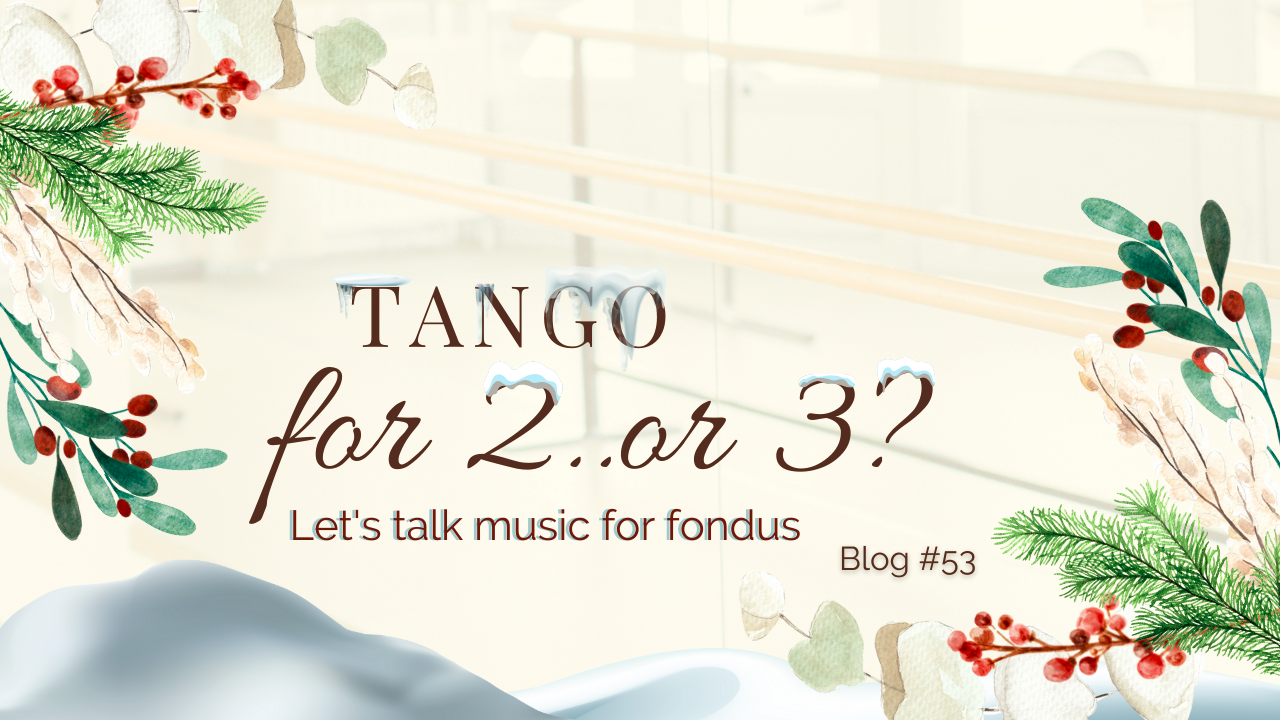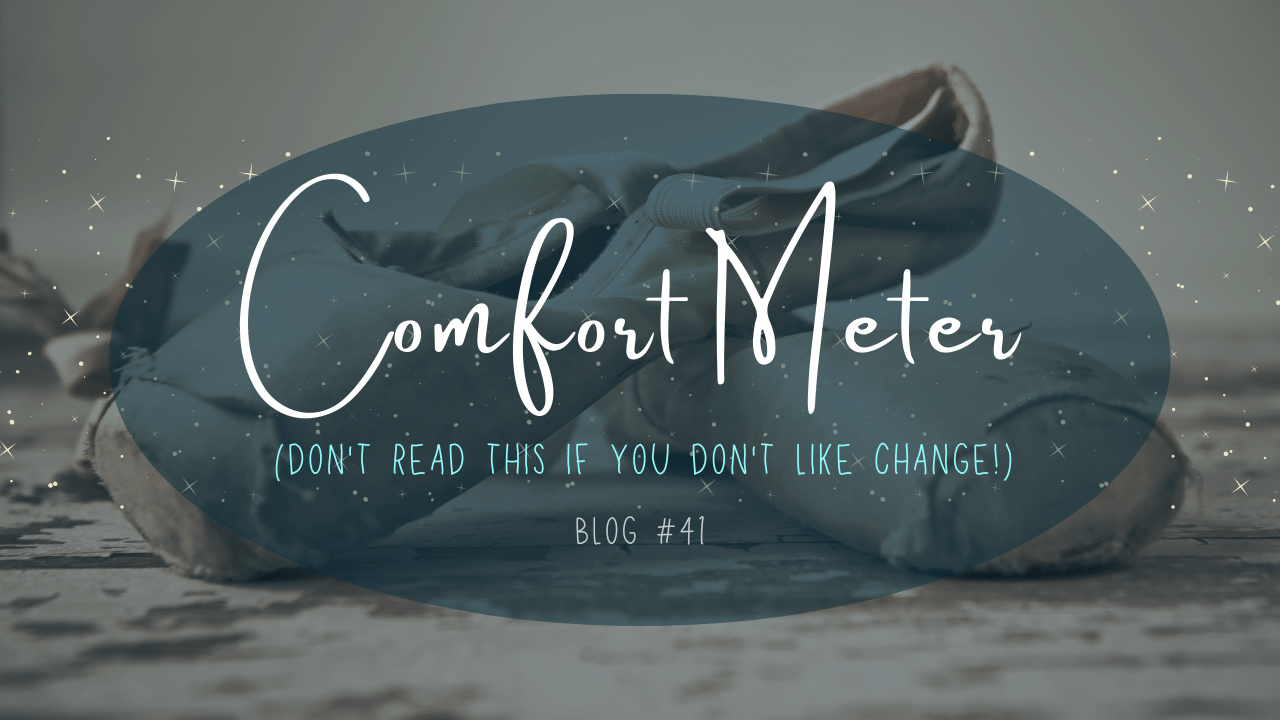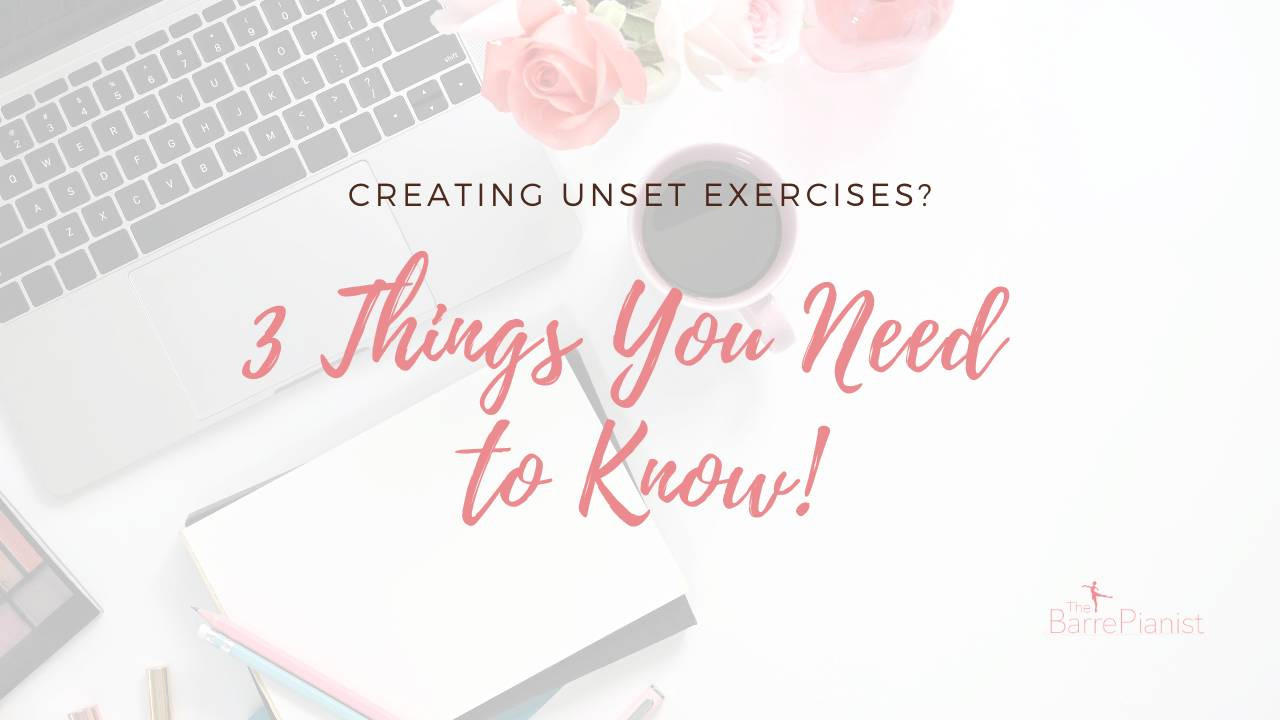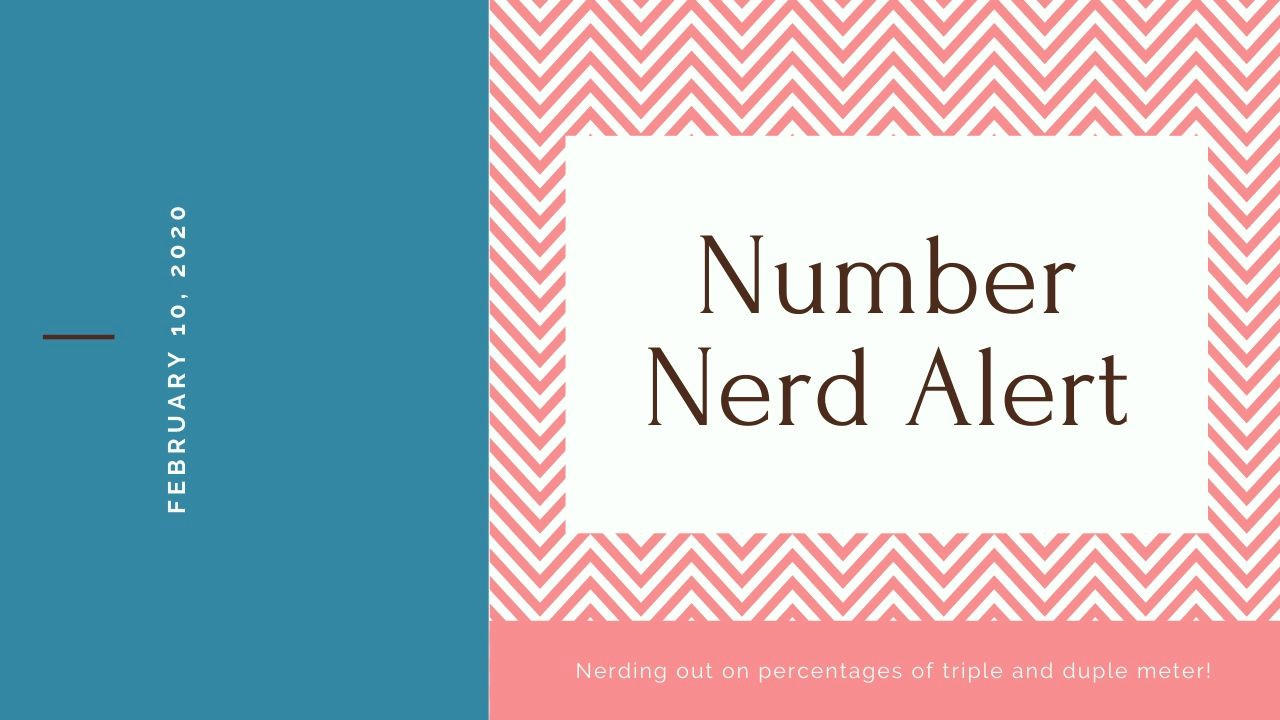Lorel's Blog
#7: 98% of All Music is Duple or Triple Metre. Say What?!
duple
duple meter
duple metre
how do i count a 12/8
how do i count a 5/4
how do i count a 6/8
how do i count a 9/8
triple
triple meter
triple metre
what is 12/8
what is a 12/8
what is a 5/4
what is a 6/8
what is a 7/8
what kind of meter is it?
what on earth is 5/4
Nov 02, 2019
Categories
All Categories 2/2 march 2/4 3/4 4/4 4/4 march 5/4 5/8 6 count phrases 6/8 6/8 adagio 6/8 allegro 6/8 march 9/8 accent accent in accent out adagio adagio 4/4 adagio duple meter adagio triple meter air time allegro allegro 6/8 always learning new music skills anacrusis and assemble associatemusictraining atomic habits atonal b- work is ok baby ballet ballet ballet accompaniment ballet accompaniment is hard ballet beans ballet class ballet studio presence ballet studios ballet teacher ballet teachers barcarole barcarolle bars beats beginner kids bolero bossa nova can't count this music cbtsmusictraining cecchettiassociatetraining chaine music children choices choosing music chopin christmas christmas album clapping class planning coda comfort meter compound time confidence confident connect counting a 3 counting a 4 counting music counting rhythms creating exercises creative creative teachers cut time cut time march cuttime dancer counts digital do i want a 6/8? dotted rhythm duple duple meter duple metre earworm emailing a video ending epiphany evelyn hart favorite albums favourite albums feelings fondu fondus fouette music free metered music freebie funiculi funicula galop games games for teaching musicality gavotte glissade grand battement grand waltz great music options gregory hines habanera heavy music hornpipe how do i count a 12/8 how do i count a 4 how do i count a 5/4 how do i count a 5? how do i count a 6/8 how do i count a 9/8 how do i count it? how do i email a ballet class to my students? how do i email a video? how do i get my ballet studio seen online? how do i get my studio seen online? how do i grow my online presence? how do i help my dancers hear the music? how to count how to count a gavotte how to count a mazurka how to count a waltz it's hard james clear jazz jig key signatures kids dance class landings let it go little ones love yourself lyrical waltz major keys making music teaching easy march marches marking marking exercises marking musically mature dancers mazurka meter mikhail baryshnikov mind blown mindset minor keys minuet movement qualities music music for ballet teachers music games music ideas music training music training for ballet teachers musical teaching musicality musician musician beats musician counts naturally creative number nerd official music training course for ballet teachers online ballet class online presence online teaching percentages perfectionist petit allegro pianist pianists plies polka polka mazurka polonaise port de bras power music powerful preschool ballet preschool dance class quick 6/8s rag recording rhythm rhythmical rhythms and beats for ballet rough beginnings rut saraband silence slow duple meter slow triple meter song stuck in my head spanish spanish waltz special memories speed stressed strong beat strong dancers strong music syncopation tango tarantella teaching ballet online teaching music to children teaching musicality teaching musicality online teaching musically tempo tempo rubato tempos tendus thai food the barre pianist the omtc thebarrepianist theomtc training musical dancers triple triple jig triple meter triple metre unset exercises using the names of movements using your voice video viennese viennese waltz vocal qualities vocalizing rhythms voice waltz waltz styles waltzes weight what are dancer counts? what are musician counts? what are you voting for? what is 12/8 what is a 12/8 what is a 5/4 what is a 6/8 what is a 7/8 what is a coda what is a galop what is a galop? what is a gavotte what is a waltz what is chaine music what is the difference what is the difference between a galop and a coda what is the difference between dancer counts and musician counts? what is the mazurka rhythm? what is the percentage of duple meter music? what is the percentage of triple meter music? what kind of meter is it? what kind of music do i want for fuoettes? what on earth is 5/4 what would i use a galop for? what's the difference which music do i want? which one do i want? why can't a count a 4? why is it hard to count a 4? woman working with a pianist zoom






